Armenia, a landlocked country in the South Caucasus region, boasts a rich history and a vibrant cultural heritage. With a legacy spanning thousands of years, Armenia has witnessed the rise and fall of empires, preserved ancient traditions, and demonstrated remarkable resilience in the face of adversity. In this article, we delve into the depths of Armenia, exploring its history, culture, natural beauty, and the indomitable spirit of its people.
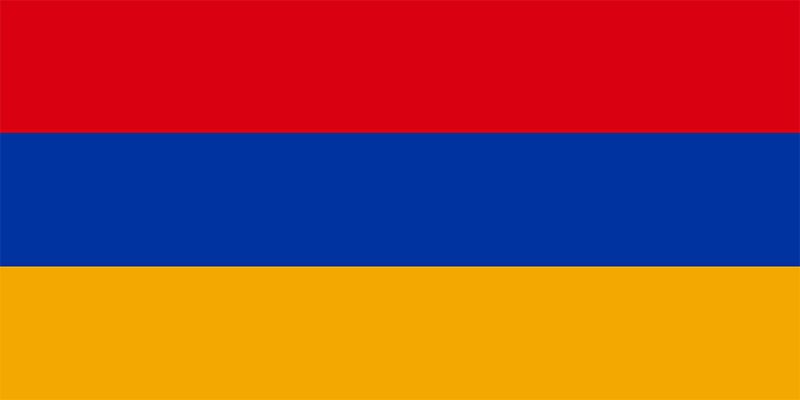
1. A Historical Journey
Armenia’s history dates back to ancient times, with evidence of human habitation as early as the Stone Age. Known as the “Land of Noah” in biblical accounts, Armenia became the first nation to adopt Christianity as its state religion in 301 AD. The country has witnessed the rule of various dynasties, including the Urartians, Seleucids, Parthians, Romans, Byzantines, and Persians, leaving behind a tapestry of architectural marvels, monasteries, and ancient ruins.
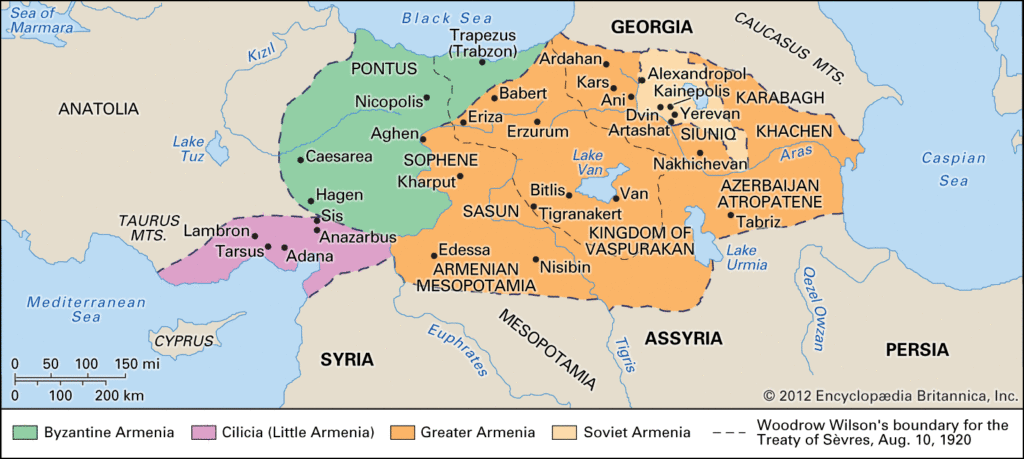
2. Architectural Gems
Armenia is home to an impressive array of architectural wonders. One of the most iconic landmarks is the UNESCO World Heritage site, the Etchmiadzin Cathedral, which is considered the spiritual center of the Armenian Apostolic Church. Other notable structures include the medieval Tatev Monastery, perched atop a cliff, and the Geghard Monastery, renowned for its rock-cut churches. The country’s capital, Yerevan, showcases a blend of modern and Soviet-era architecture, with its centerpiece being the iconic Republic Square.
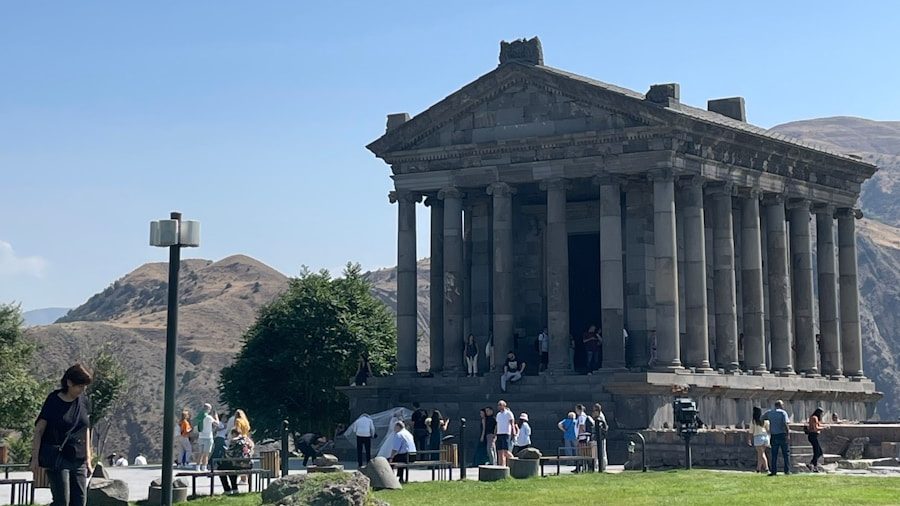
3. Cultural Heritage
Armenia’s cultural heritage is deeply rooted in its traditions, arts, music, and cuisine. The country boasts a vibrant folk dance tradition, with energetic performances that captivate audiences. Armenian music, characterized by its melancholic melodies, is an integral part of the cultural fabric, with traditional instruments like the duduk gaining global recognition. Additionally, Armenian cuisine tantalizes the taste buds with its diverse flavors, including dishes like dolma, khorovats (barbecue), and lavash (traditional bread).
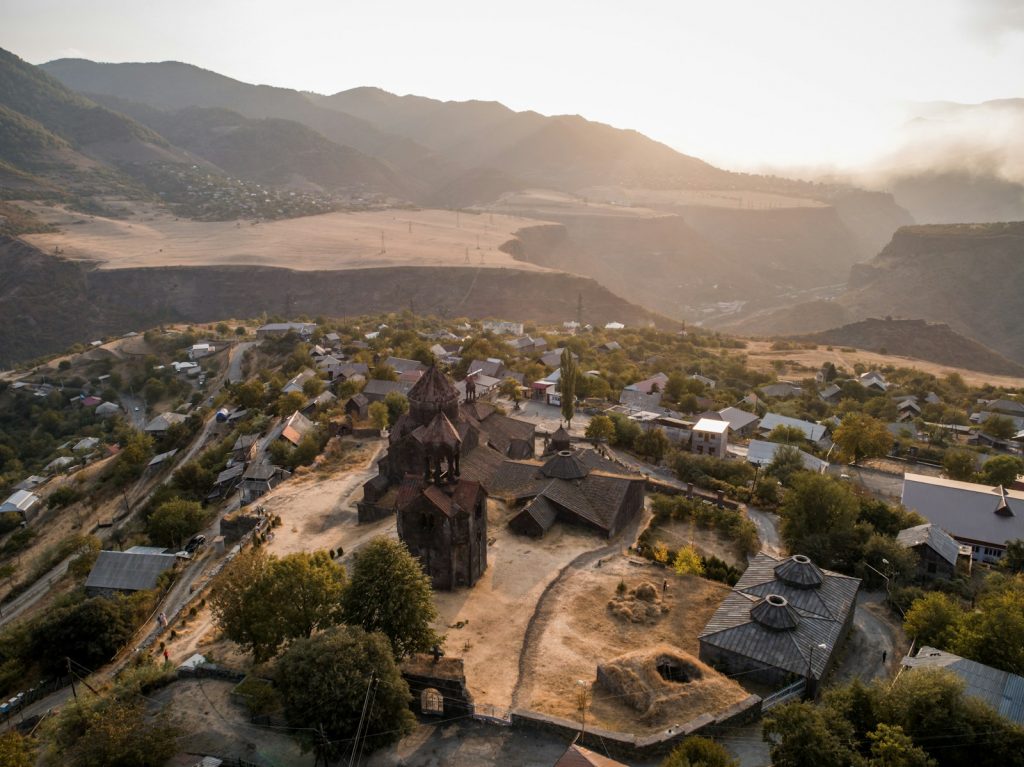
4. Natural Splendor
Despite its small size, Armenia is blessed with breathtaking natural beauty. The country has stunning landscapes, ranging from lush forests and alpine meadows to majestic mountains and serene lakes. With its snow-capped peaks, the iconic Mount Ararat holds immense significance in Armenian culture and mythology. Lake Sevan, one of the largest high-altitude lakes in the world, offers a tranquil retreat amidst picturesque surroundings.
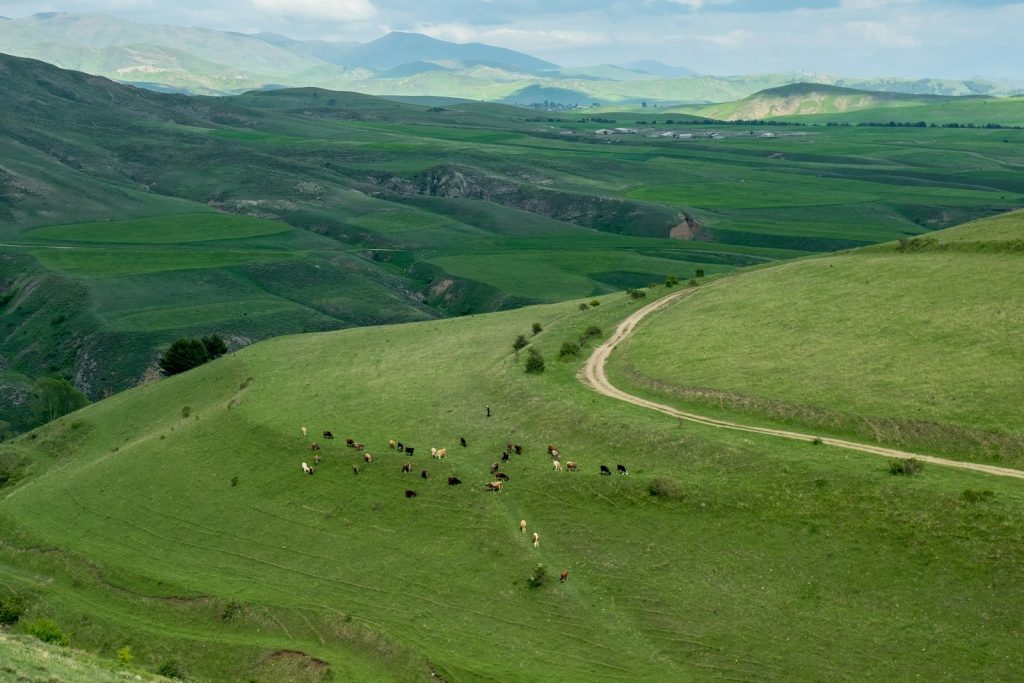
5. Resilient Spirit
Armenia’s history is marked by numerous challenges, including invasions, wars, and the Armenian Genocide of 1915, which resulted in the loss of millions of lives. The Armenian people have shown remarkable resilience despite these hardships, preserving their identity, language, and cultural heritage. This spirit of resilience is embodied in the Armenian diaspora, which has flourished globally, contributing to various fields, including literature, arts, science, and technology.
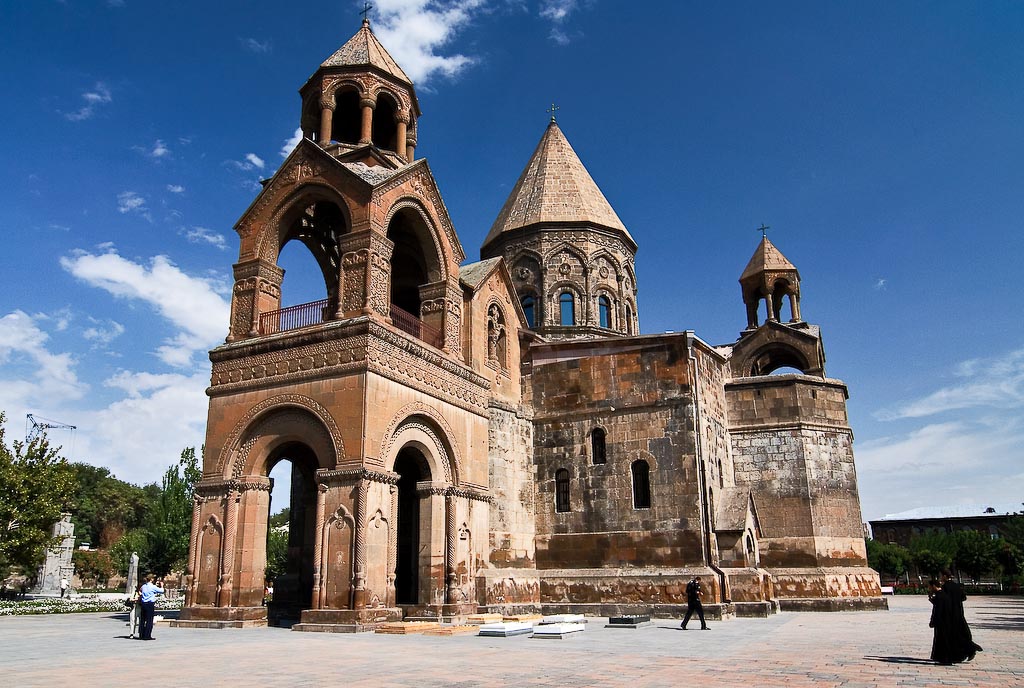
Conclusion
Armenia’s rich tapestry of history, culture, and natural beauty makes it a captivating destination for travelers seeking to explore a land steeped in tradition and resilience. From ancient monasteries to breathtaking landscapes, Armenia offers unique experiences. By delving into Armenia’s authentic sources, we have only scratched the surface of this remarkable country. Embark on a journey to Armenia and immerse yourself in its intriguing past, vibrant present, and promising future.
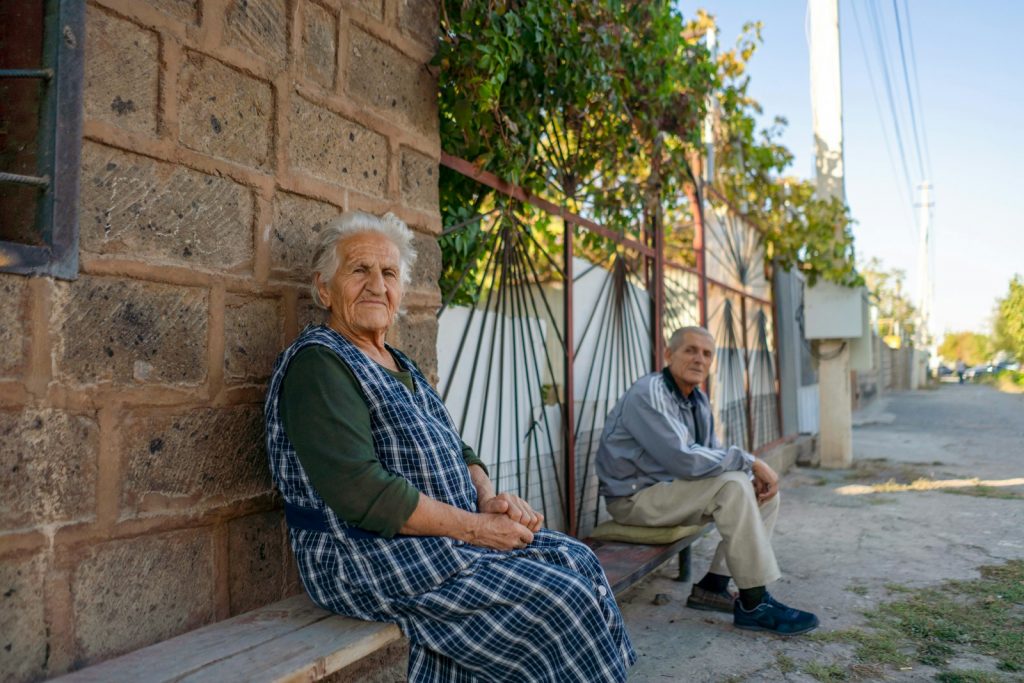
FAQ
Q1: Where is Armenia located?
A1: Armenia is located in the South Caucasus region of Eurasia. It borders Turkey to the west, Georgia to the north, Azerbaijan to the east, and Iran to the south.
Q2: What is the capital of Armenia?
A2: The capital and largest city of Armenia is Yerevan. It is not only the political and administrative center of the country but also a cultural and economic hub.
Q3: What is the official language of Armenia?
A3: The official language of Armenia is Armenian. It is an Indo-European language with a unique alphabet, invented in the 5th century AD.
Q4: What is the currency of Armenia?
A4: The currency of Armenia is the Armenian Dram (AMD). It is denoted by the symbol “֏” and is widely used throughout the country.
Q5: What is the climate like in Armenia?
A5: Armenia has a highland continental climate characterized by hot summers and cold winters. The weather can vary depending on the region, with colder temperatures in the mountainous areas and warmer temperatures in the valleys.
Q6: What are some famous tourist attractions in Armenia?
A6: Armenia is known for its rich historical and cultural heritage. Some famous tourist attractions include the ancient monasteries of Geghard and Tatev, the UNESCO World Heritage site of Etchmiadzin Cathedral, the historic Garni Temple, Lake Sevan, and the Genocide Memorial in Yerevan.
Q7: Is Armenia a safe country to visit?
A7: Armenia is generally considered a safe country to visit. Like any travel destination, taking standard safety precautions and being aware of your surroundings is advisable. The local people are known for their hospitality and warmth towards visitors.
Q8: What are some traditional Armenian dishes?
A8: Armenian cuisine is diverse and flavorful. Some traditional Armenian dishes include dolma (stuffed grape leaves), khorovats (barbecue), lavash (flatbread), harissa (porridge), and various types of cheese and dried fruits. Armenian cuisine often incorporates fresh herbs, spices, and local ingredients.
Q9: What is the dominant religion in Armenia?
A9: Most Armenians belong to the Armenian Apostolic Church, an ancient branch of Christianity. The Armenian Apostolic Church has significantly shaped the country’s history, culture, and identity.
Q10: How can I travel to Armenia?
A10: Armenia has international airports in Yerevan and Gyumri, allowing travelers to arrive by air. It is also possible to enter Armenia by land from neighboring countries. Visa requirements may vary depending on your nationality, so checking the current regulations before traveling is advisable.
Watch Video
Read also
- Afghanistan – A Historical and Geopolitical Perspective
- Albania – The Land of Rich History, Natural Beauty, and Cultural Heritage
- Algeria – A Rich Tapestry of History, Culture, and Natural Beauty
- Andorra – The Principality in the Pyrenees
- Antigua and Barbuda: A Tropical Paradise with Rich History and Breathtaking Beauty
- Visit cartoon about Armenia from Toons Mag


